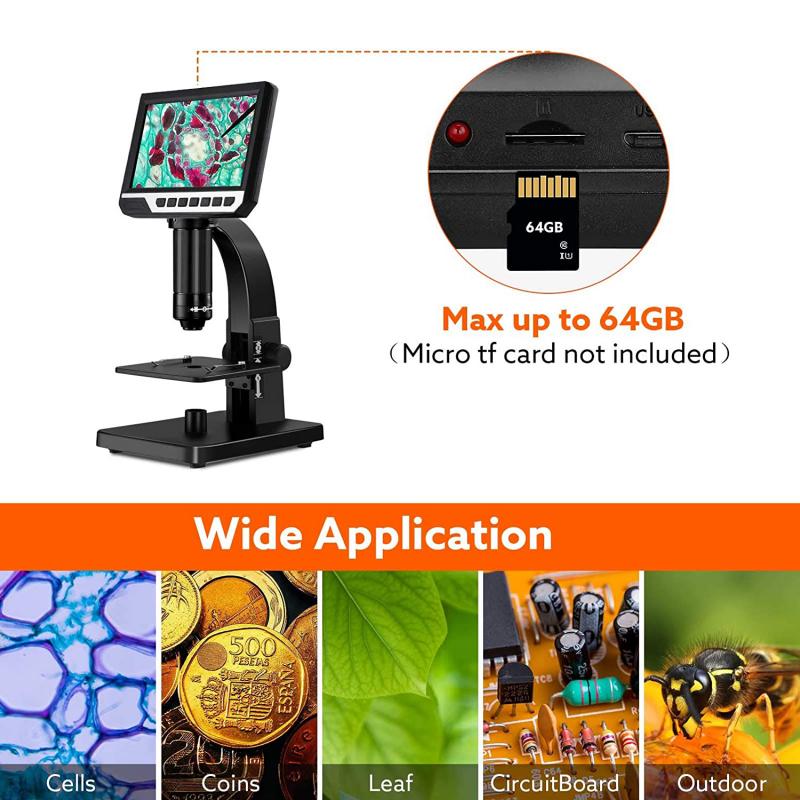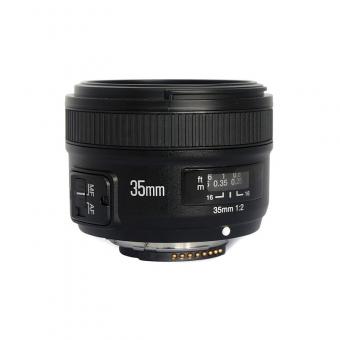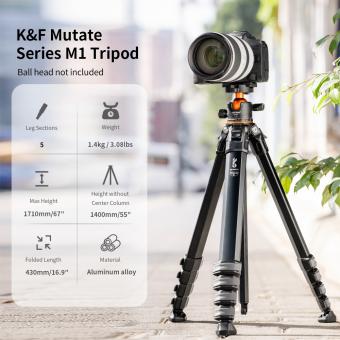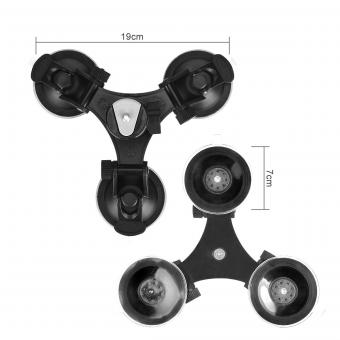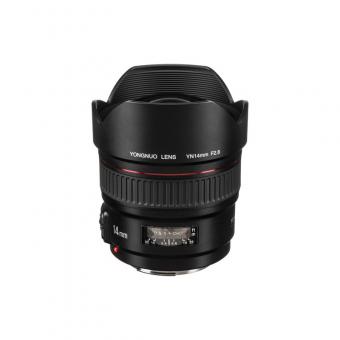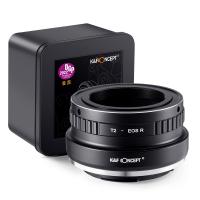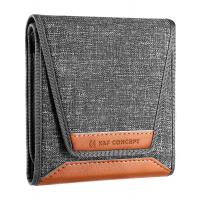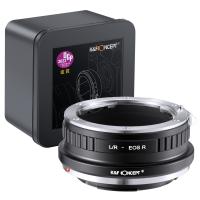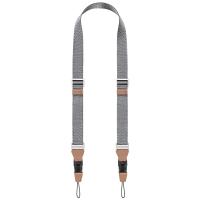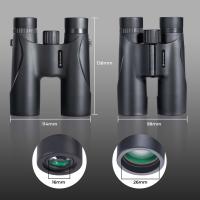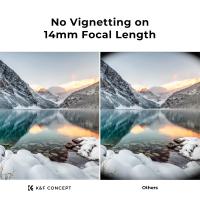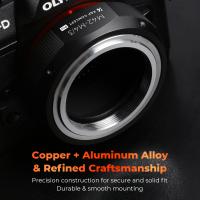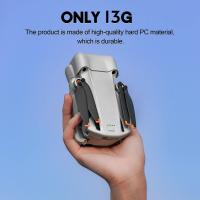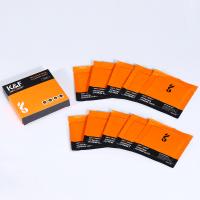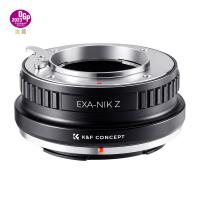Can A Digital Camera Shoot In Dng ?
Yes, many digital cameras have the capability to shoot in DNG (Digital Negative) format. DNG is an open standard file format developed by Adobe Systems for the purpose of providing a universal format for storing raw image data from digital cameras. It is designed to be a more flexible and future-proof alternative to proprietary raw formats, which can vary between camera manufacturers and models. By shooting in DNG, photographers can ensure that their raw files will be compatible with a wide range of software applications and workflows. Some camera manufacturers, such as Leica and Pentax, have even adopted DNG as their default raw format.
1、 DNG format overview
Can a digital camera shoot in DNG?
Yes, many digital cameras have the capability to shoot in DNG (Digital Negative) format. DNG is an open standard file format developed by Adobe Systems for the purpose of providing a universal format for raw image files. It is designed to be a more flexible and future-proof alternative to proprietary raw formats that are specific to certain camera manufacturers.
DNG files contain all the raw image data captured by the camera's sensor, as well as metadata such as camera settings and lens information. This allows for greater flexibility in post-processing, as the raw data can be manipulated without any loss of quality or information.
In addition to being supported by Adobe's software, DNG files can also be opened and edited by a variety of other software programs, making it a versatile and widely-used format in the photography industry.
As of the latest point of view, DNG continues to be a popular format among photographers and camera manufacturers. However, some camera manufacturers still use proprietary raw formats, which can limit the compatibility and flexibility of their files. Nonetheless, DNG remains a viable option for those looking for a universal and open standard format for their raw image files.

2、 Cameras that support DNG
Cameras that support DNG (Digital Negative) format are becoming increasingly popular among professional photographers and enthusiasts. DNG is an open-source raw image format developed by Adobe Systems that allows for greater flexibility and control over the final image output. It is a lossless format that preserves all the original image data captured by the camera's sensor.
Most modern digital cameras support DNG format, including popular brands such as Canon, Nikon, Sony, and Fujifilm. However, it is important to note that not all cameras support DNG natively. Some cameras require a firmware update or a third-party software to enable DNG support.
The latest point of view is that DNG format is becoming more widely adopted by camera manufacturers. For example, Leica has recently announced that all their future cameras will support DNG format. This is a significant move as Leica is known for their high-end cameras and is a popular choice among professional photographers.
In conclusion, if you are looking for a camera that supports DNG format, it is important to do your research and check if the camera you are interested in supports it natively or requires a firmware update or third-party software. However, with the increasing popularity of DNG format, it is likely that more and more cameras will support it in the future.
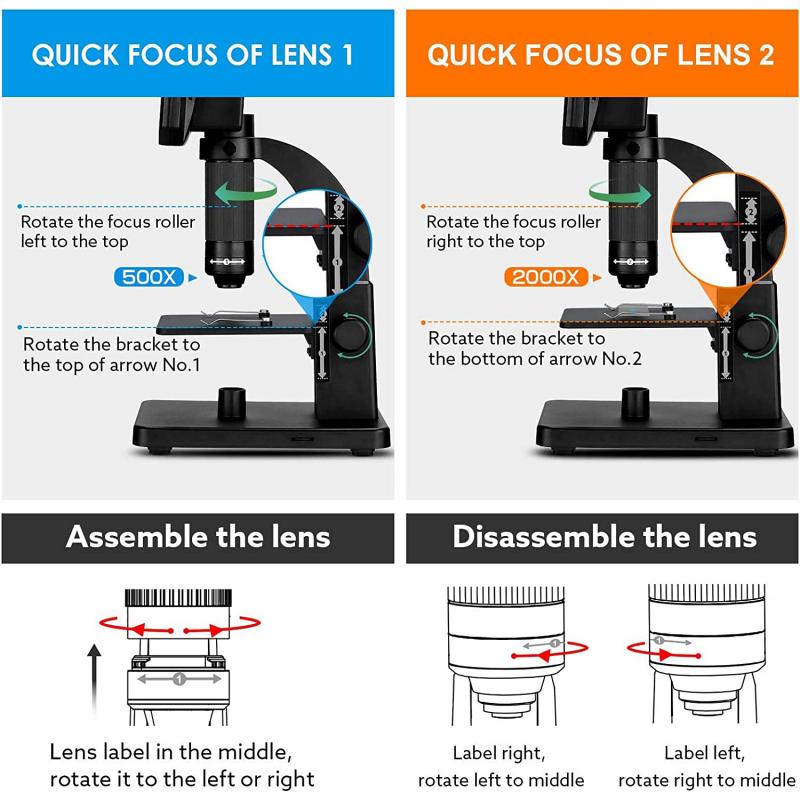
3、 Advantages of shooting in DNG
Can a digital camera shoot in DNG?
Yes, many digital cameras have the capability to shoot in DNG (Digital Negative) format. DNG is an open standard file format developed by Adobe that allows for the preservation of all the original image data captured by the camera's sensor. This means that DNG files contain more information than other file formats like JPEG, which compresses the image data and discards some of the original information.
Advantages of shooting in DNG:
1. Greater flexibility in post-processing: DNG files contain more information, which means that photographers have more flexibility when it comes to post-processing. They can adjust exposure, white balance, and other settings without losing image quality.
2. Better image quality: DNG files are uncompressed, which means that they retain all the original image data captured by the camera's sensor. This results in better image quality and more accurate colors.
3. Future-proofing: DNG is an open standard file format, which means that it is not tied to any specific camera manufacturer. This makes it more future-proof than proprietary file formats, which may become obsolete as camera technology advances.
4. Smaller file sizes: DNG files are typically smaller than other raw file formats, which means that they take up less space on memory cards and hard drives.
5. Compatibility: DNG files can be opened and edited in a wide range of software applications, including Adobe Lightroom, Photoshop, and Camera Raw. This makes it easier for photographers to work with their images across different platforms and devices.
In conclusion, shooting in DNG format offers several advantages for photographers, including greater flexibility in post-processing, better image quality, future-proofing, smaller file sizes, and compatibility with a wide range of software applications. As camera technology continues to evolve, shooting in DNG can help photographers ensure that their images remain accessible and editable for years to come.
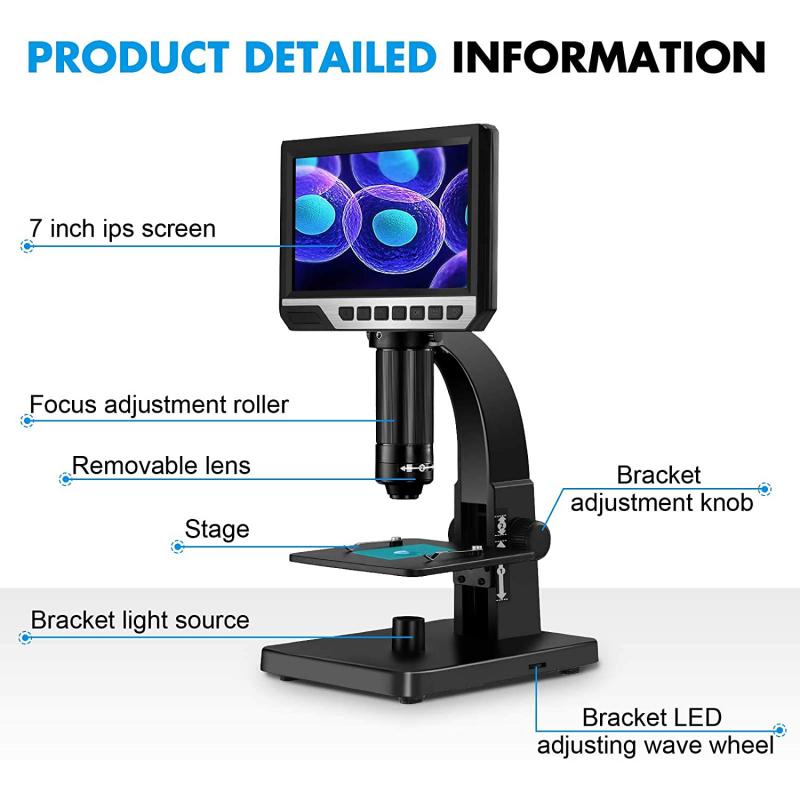
4、 DNG vs RAW
Can a digital camera shoot in DNG? Yes, many digital cameras have the capability to shoot in DNG (Digital Negative) format. DNG is an open standard file format developed by Adobe that allows for the preservation of raw image data from digital cameras. It is designed to be a universal format that can be used across different software applications and platforms.
DNG is often compared to RAW, another popular file format for preserving raw image data. While both formats serve the same purpose, there are some differences between them. DNG is an open standard, while RAW is a proprietary format that varies between camera manufacturers. This means that DNG files can be read by a wider range of software applications, while RAW files may require specific software or plugins to be read.
Another advantage of DNG is that it includes metadata and other information about the image, such as camera settings and lens information. This can be useful for organizing and managing large collections of images.
In terms of image quality, there is no significant difference between DNG and RAW. Both formats preserve the raw image data captured by the camera, allowing for greater flexibility in post-processing.
Overall, the choice between DNG and RAW comes down to personal preference and workflow. Some photographers prefer the open standard and metadata capabilities of DNG, while others prefer the familiarity and compatibility of RAW.
